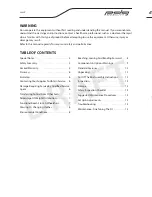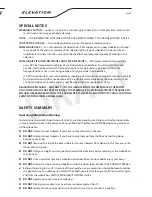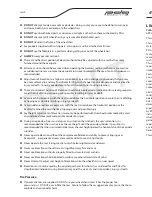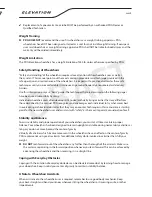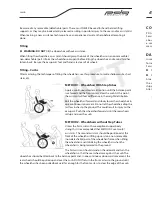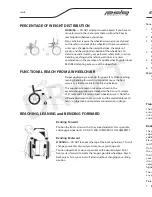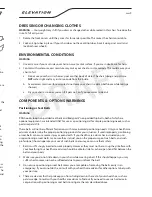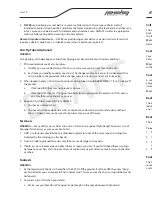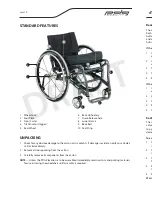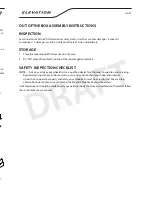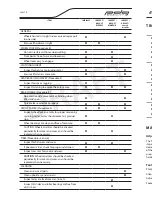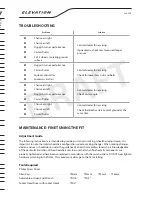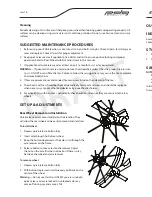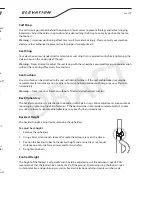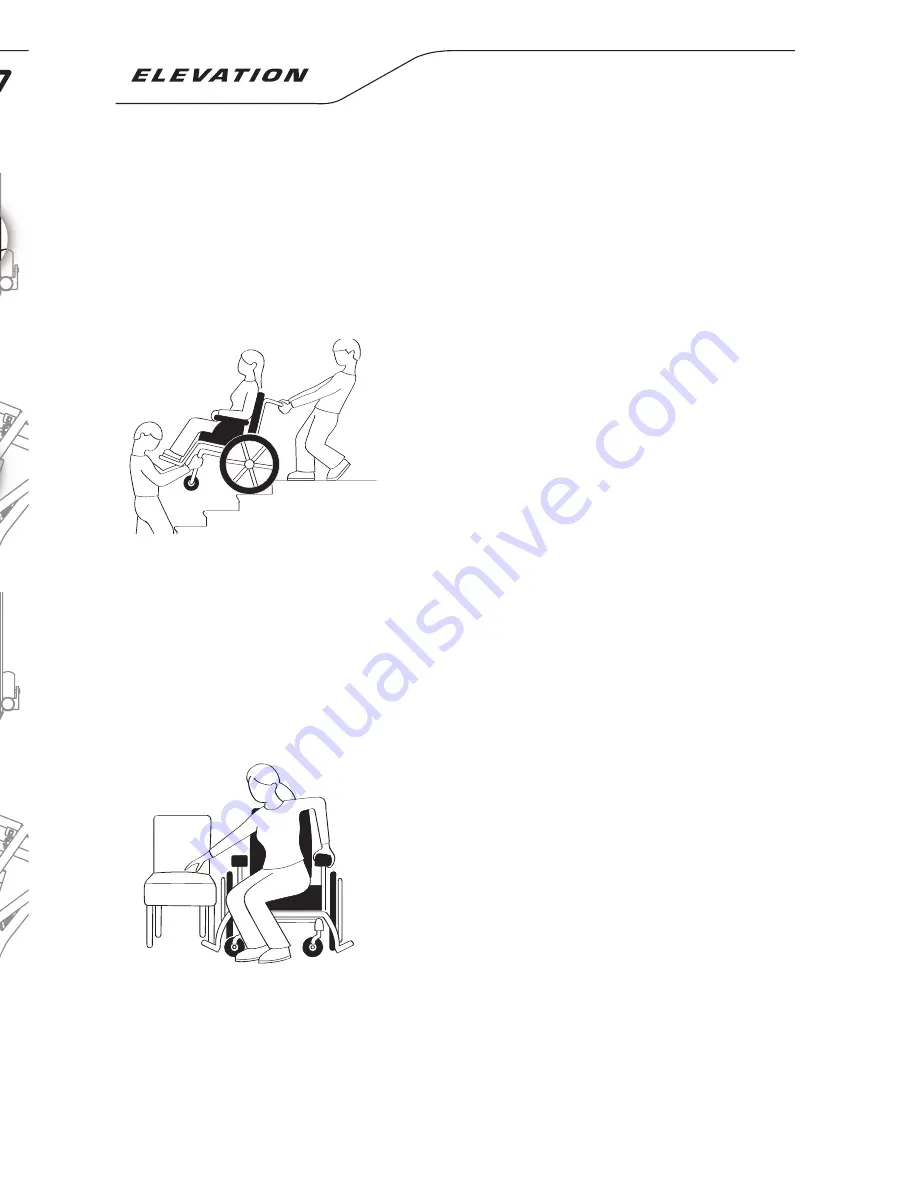
DRAFT DRAFT
page
22
page
7
STAIRWAYS
WARNING
— Do not attempt to lift a wheelchair by lifting on any removable (detachable) parts. Lifting by
means of any removable(detachable) parts of a wheelchair may result in injury to the user or damage
to the wheelchair.
Extreme caution is advised when it is necessary to move an occupied wheelchair up or down the
stairs. PDG recommends using two(2) assistants and making thorough preparations. Make sure to use
ONLY secure, non-detachable parts for hand-held supports.
Follow this procedure for moving the wheelchair between
fl oors when an elevator is NOT available:
1 After the wheelchair has been tilted back to the balance
point, one assistant (in the rear) backs the wheelchair up
against the fi rst step, while securely grasping a non-
removable (non-detachable) part of the wheelchair for
leverage.
2 The second assistant, with a fi rm hold on a non-detachable
part of the framework, lifts the wheelchair up and over the
stair and steadies the wheelchair as the fi rst assistant places
one (1) foot on the next stair and repeats STEP 1.
3 The wheelchair should not be lowered until the last stair has been negotiated and the wheelchair has
been rolled away from the stairway.
ESCALATORS
SORRY!
DO NOT
use an escalator to move a wheelchair between fl oors. Serious bodily injury may occur.
TRANSFERRING TO AND FROM OTHER SEATS
WARNING
— BEFORE attempting to transfer in or out of the
wheelchair, every precaution should be taken to reduce gap
distance. Turn both casters toward the object you are
transferring onto. Also be certain the wheel locks are engaged
to help prevent wheels from moving.
CAUTION
— When transferring, position yourself as far back as
possible in the seat. This will prevent damaged upholstery and
the possibility of the wheelchair tipping forward.
NOTE
— This activity may be performed independently
provided you have adequate mobility and upper body
strength.
1 Position the wheelchair as close as possible along side the seat to which you are transferring, with the
front casters pointing toward it. Engage wheel locks. Shift body weight into seat with transfer.
2 During independent transfer, little or no seat platform will be beneath you. Use a transfer board if at
all possible.
2 Squeeze the lever on the right side and with your left hand push up on the main frame or rear wheel
to raise the seat.
3 Release the lever at the desired height.
To lower seat
1 Squeeze the lever again and the seat will slowly lower.
2 Grab the rear wheel to assist bringing the seat down.
3 Release the lever to lock the seat at the desired height.
Warning
— Adjustment of elevation to a higher seat position may
result in changes in your body that you may be unaccustomed to.
Consult your doctor or physical therapist prior to using elevation.
Warning
— Use caution when adjusting the seat height; ensure that
clothing and body parts are clear of any moving parts of the
wheelchair to protect yourself and accompanying persons from
possible injury.
Warning
— Raise and lower seat slowly to avoid any potential risk of
tipping and resultant injury. Please consult your elevation dealer
or other authorized representative for detailed instructions on
raising seat height.
Real-Time Backrest Recline: Operating Instructions
Your elevation has a unique backrest design that allows real time
adjustment. The backrest can be adjusted to suit the occupants
comfort by simply activating the adjustment lever located at the front
of the wheelchair, below the seat. Activation of the adjustment lever
will allow for movement of the backrest forward or back.
To recline back
1 Be sure the chair is on a solid level surface and secure it using the
brakes.
2 Squeeze the lever on the left side and lightly push back on the
backrest.
3 Release the lever at the desired postions.
To return back
1 Squeeze the lever on the left side.
2 Lean forward slowly and the back will return.
3 Release the lever to lock the back at the desired position.
Warning
— The backrest must be in its upright position prior to
changing seat height.
Warning
— Sudden or extreme reclining of the backrest will result in tipping backwards of the
wheelchair. The use of anti-tip devices is strongly recommended to avoid accidents or injury.
Warning
— Do not bend or stretch the cables that run from the release lever to the backrest adjustment
mechanism, as this may release the mechanism and move the backrest resulting in accident or injury.
4 Test the wheelchair for maneuverability.


